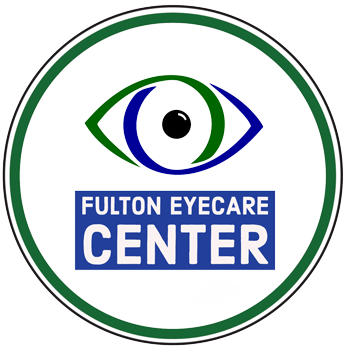Is it really
ADD/ADHD?
Children with Convergence Insufficiency are three times more likely to be diagnosed as having ADHD compared to children without a visual disorder. Convergence Insufficiency is the inability to maintain binocular function or keep the two eyes working together while working at a near distance and is the most common visual-related learning disorder. Fifteen out of eighteen symptoms used to diagnose Attention Deficit Disorder (ADD) are also symptoms of a visual problem.
Studies have shown that 60% of problem learners have a vision problem and approximately one out of every four school-aged children suffer from eye teaming or focusing difficulties, which make remaining on tasks very difficult. Children with vision-related learning problems become distracted very easy like those with ADD. They also have short attention spans, make careless errors, take excessive time for assignments, or fail to complete assignments at all. This is due to the discomfort of using their eyes for long periods of time at close ranges.
 The latest research has found that children who have been diagnosed with ADHD are three times more likely to have a convergence insufficiency disorder.
The latest research has found that children who have been diagnosed with ADHD are three times more likely to have a convergence insufficiency disorder.
It is very unfortunate that many parents, teachers, and physicians are not trained to recognize the differences between ADD/ADHD and visual disorders. Because of this, many children are often misdiagnosed.
If you think your child may have been misdiagnosed, the first step would be to make an appointment to have their eyes examined by an optometrist who is skilled in detecting visual-related learning problems.
